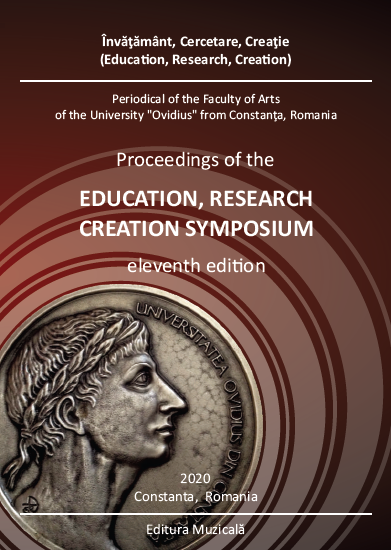Compositional Structures of the Drawing
Compositional Structures of the Drawing
Author(s): Ovidiu FelipovSubject(s): Fine Arts / Performing Arts
Published by: Editura Muzicală
Keywords: composition; study; circular; harmony; drawing;
Summary/Abstract: The study of drawing in higher education institutions represents a basic course in the instructional-educational process of the fine and decorative arts. At the base, making pre-chromatic or compositional sketches we are in direct contact with the drawing. The present study refers to the framing of the proposed subjects to be drawn and evolves with the analysis of the compositional theories that make a true monochrome harmony from the chosen subject.In drawing, the composition represents the way of organizing the elements of artistic language in a balanced and homogeneous context that manages to convey the plastic message of the artist to the viewer. The plastic compositions can be static or dynamic, closed or open and they are based on various constructive structures: decorative composition, symmetrical composition, frieze composition, register composition, triangle composition, circular composition, border composition, spiral composition, radial composition, vertical composition, horizontal composition, diagonal (oblique) composition. All these rules for composing plastic language elements acquire dynamism using rhythm and cadence. This study explicitly defines each type of composition by providing examples from the history of the fine and decorative arts and applied schematic examples that may be useful to those who wish to study the Study of Drawing.
Journal: Învăţământ, Cercetare, Creaţie
- Issue Year: VI/2020
- Issue No: 1
- Page Range: 97-103
- Page Count: 7
- Language: English

